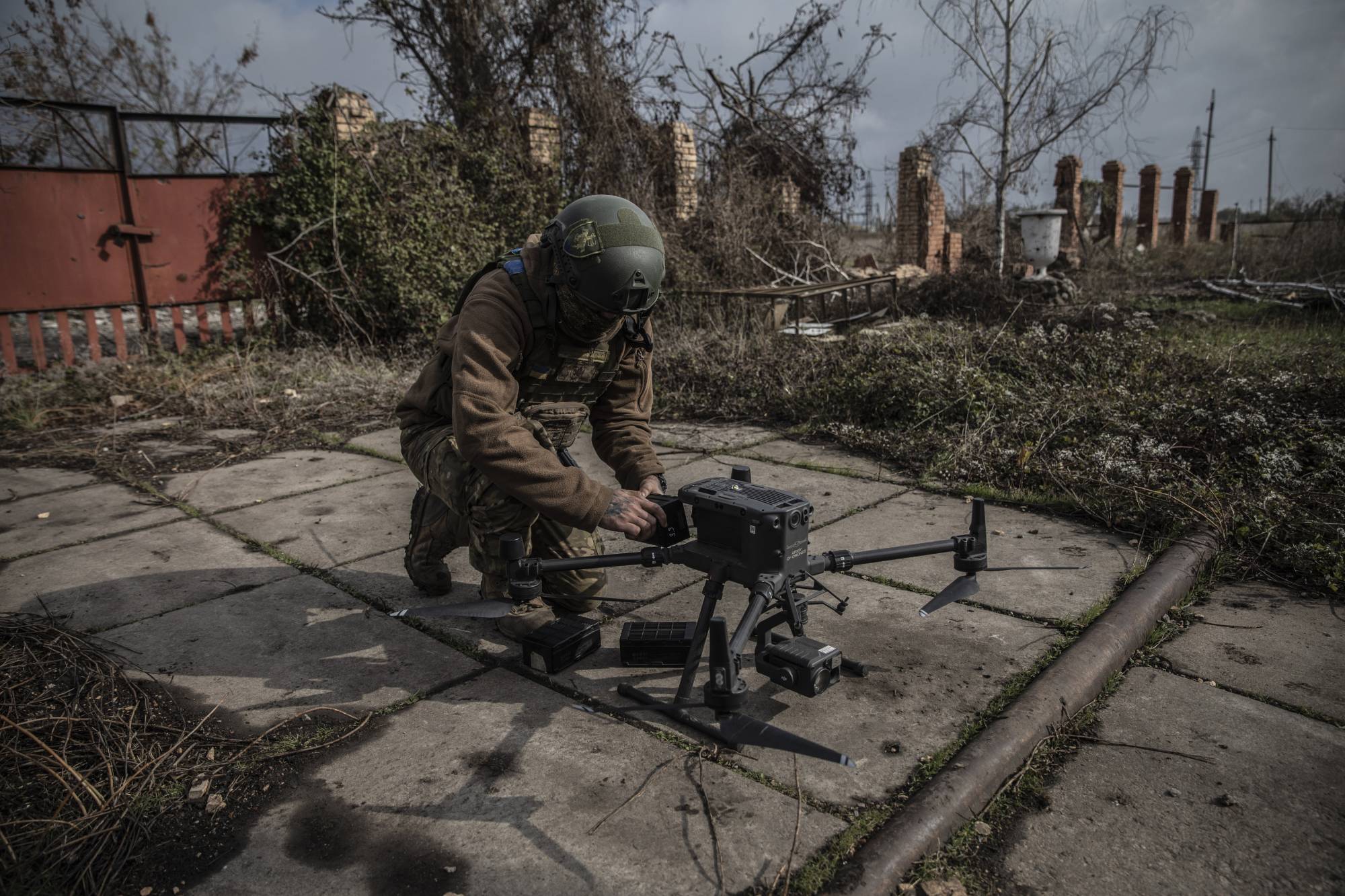For Lula’s Victory to Matter: A Proposal for a Unified Palestinian Foreign Policy
Palestinians and their supporters are justified in celebrating the election victory of the leftist presidential candidate, Luis Inacio Lula da Silva, in Brazil’s runoff elections on October 30. But Lula’s victory is incomplete and could ultimately prove ineffectual if not followed by a concrete and centralized Palestinian strategy.
Lula has proven, throughout the years, to be a genuine friend of Palestine and Arab countries.
For example, in 2010, as a president, he spoke of his dream of seeing “an independent and free Palestine” during a visit to the occupied West Bank. He also refused to visit the grave of Theodor Herzl, the father of Israel’s Zionist ideology. Instead, he visited Yasser Arafat’s tomb in Ramallah.
Later that year, Lula’s government recognized Palestine as an independent state within the 1967 borders.
Lula’s rival, soon-to-be former Brazilian President Jair Bolsonaro is an ideologue who has repeatedly professed his love for Israel, and had pledged in November 2018 to follow the US government’s lead in relocating his country’s embassy from Tel Aviv to Jerusalem.
Unlike other pro-Israel world leaders, Bolsonaro’s affection is ideological and unconditional. In a 2018 interview with the Israeli newspaper Israel Hayom, he said: “Israel is a sovereign state … If you decide what your capital is, we will follow you. You decide on the capital of Israel, not other people”.
In a final and desperate move to win the support of Brazil’s Evangelical Christians, Bolsonaro’s wife, Michelle, donned a t-shirt carrying the Israeli flag. That gesture alone speaks volumes about Bolsonaro’s skewed agenda, which is symptomatic of many of Israel’s supporters around the world.
Lula’s victory and Bolsonaro’s defeat are, themselves, a testament to a changing world, where loyalty to Israel is no longer a guarantor of electoral victory. This has proven true in the case of Donald Trump in the US, Liz Truss in the UK, Scott Morrison in Australia and, now, Brazil.
The Israelis, too, seem to have accepted such a new, albeit unpleasant, reality.
Interviewed by The Times of Israel, Brazilian scholar James Green explained that it behooves Israel to revise its view of Lula. Green said that the newly-elected president should not be seen “as a radical, because he’s not, and in this campaign, he needed to show his moderation on all levels”.
The willingness to engage with Lula, though begrudgingly, was also expressed by Claudio Lottenberg, president of the Brazilian Israelite Confederation, the country’s largest pro-Israel Jewish organization who, on October 31, issued a note, expressing the group’s “permanent readiness for constructive and democratic dialogue” with Lula.
Brazil’s political transformation is sure to benefit the Palestinians, even though Lula’s ideologically diverse coalition makes it more difficult for him to explore the same radical political spaces in which he ventured during his previous presidency between 2003 and 2011.
It is also worth noting that Bolsonaro was a relatively important player in the global conservative, far-right political camp that attempted to legitimize the Israeli occupation of Palestine. Following the recent reversal by the Australian government of a 2018 decision to recognize Jerusalem as Israel’s capital, Bolsonaro’s defeat is another nail in the coffin in Trump’s ‘Deal of the Century’.
True, geopolitical changes are critical to the future of Palestine and the Palestinian struggle, but without a responsible Palestinian leadership that can navigate opportunities and face up and confront growing challenges, Lula’s victory can, at best, be seen as a symbolic one.
Palestinians are aware of the massive changes underway regionally and globally. That has been demonstrated through the repeated visits by Palestinian political groups to Moscow, and the meeting between Palestinian Authority’s President Mahmoud Abbas with Russian President Vladimir Putin on October 13, in Kazakhstan. The latter meeting has raised the ire of Washington, which is incapable of lashing out in any meaningful way so that it may not push the Palestinians entirely into the Russian camp.
Palestine is also becoming, once again, regionally relevant, if not central to Arab affairs, as indicated in the Arab League Summit in Algeria, November 1-2.
However, for all these dynamic changes to be translated into tangible political achievements, Palestinians cannot proceed as fragmented entities.
There are three major political trends that define Palestinian political action globally:
First, the Palestinian Authority, which has political legitimacy as the legal representative of the Palestinian people, but no actual legitimacy among Palestinians, nor a forward-thinking strategy.
Second, Palestinian political groups which are ideologically diverse and, arguably, more popular among Palestinians, but lack international recognition.
And, finally, the Palestinian-led international solidarity campaign, which has gained much ground as the voice of Palestinian civil society worldwide. While the latter has moral legitimacy, it is not legally representative of Palestinians. Additionally, without a unified political strategy, civil society achievements cannot be translated, at least not yet, into solid political gains.
So, while all Palestinians are celebrating Lula’s victory as a victory for Palestine, there is no single entity that can, alone, harness the political and geopolitical change underway in Brazil to a definite building block towards the collective struggle for justice and freedom in Palestine.
Until Palestinians revamp their problematic leadership or formulate a new kind of leadership through grassroots mobilization in Palestine itself, they should at least attempt to liberate their foreign policy agenda from factionalism, which is defined by a self-centered approach to politics.
A starting point might be the creation of a transitional, non-factional political body of professional Palestinians with an advisory role agreed upon by all political groups. This can take place via the Palestine Liberation Organization (PLO), which has been marginalized by the PA for decades. This entity’s main role can be confined to surveying the numerous opportunities under way on the global stage and to allow, however nominally, Palestinians to speak in one united voice.
For this to happen, of course, major Palestinian groups would need to have enough goodwill to put their differences aside for the greater good; though not an easy feat, it is, nonetheless, possible.


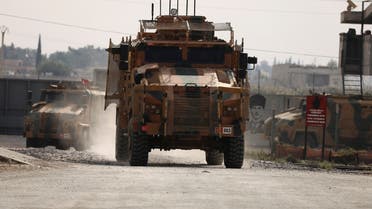

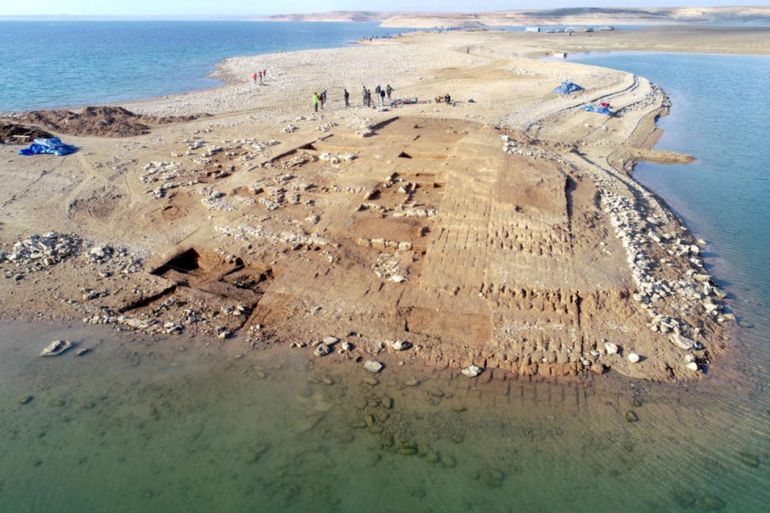
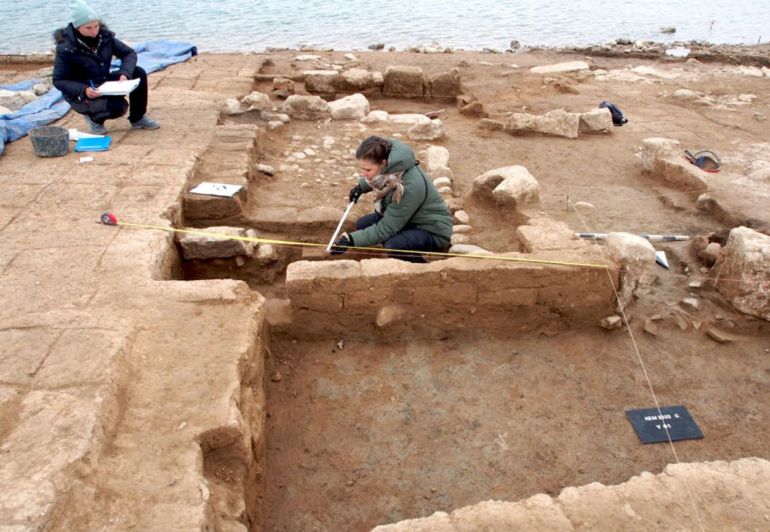
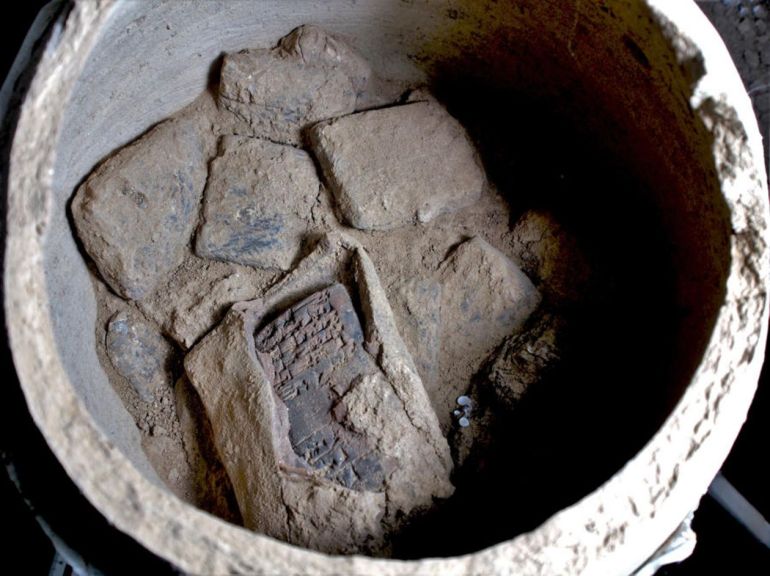
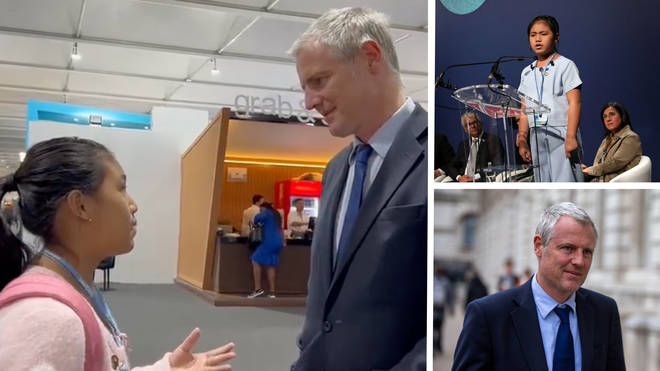
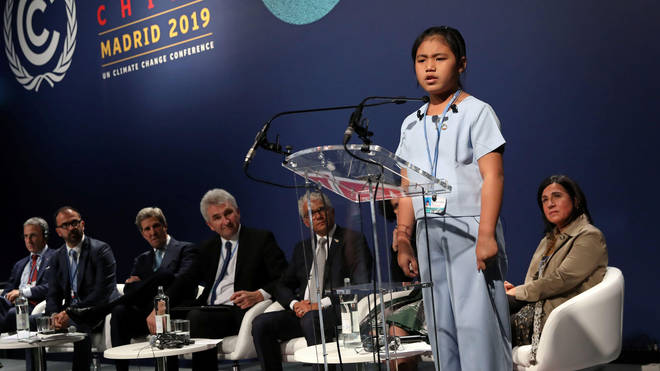
:format(webp)/https://www.thestar.com/content/dam/thestar/news/world/2022/10/05/how-a-doomsday-vault-stows-the-seeds-of-our-future-against-disaster/seed_vault_interior.jpg)
:format(webp)/https://www.thestar.com/content/dam/thestar/news/world/2022/10/05/how-a-doomsday-vault-stows-the-seeds-of-our-future-against-disaster/svalbard_thevault_brg_158.jpg)

:format(webp)/https://www.thestar.com/content/dam/thestar/news/world/2022/10/05/in-a-tiny-arctic-village-in-norway-russians-and-ukrainians-keep-an-uneasy-peace/peace_to_the_world.jpg)
:format(webp)/https://www.thestar.com/content/dam/thestar/news/world/2022/10/05/in-a-tiny-arctic-village-in-norway-russians-and-ukrainians-keep-an-uneasy-peace/barentsburg_6_.jpg)
:format(webp)/https://www.thestar.com/content/dam/thestar/news/world/2022/10/05/in-a-tiny-arctic-village-in-norway-russians-and-ukrainians-keep-an-uneasy-peace/natalia.jpg)
:format(webp)/https://www.thestar.com/content/dam/thestar/news/world/2022/10/05/in-a-tiny-arctic-village-in-norway-russians-and-ukrainians-keep-an-uneasy-peace/barbara.jpg)
:format(webp)/https://www.thestar.com/content/dam/thestar/news/world/2022/10/05/in-a-tiny-arctic-village-in-norway-russians-and-ukrainians-keep-an-uneasy-peace/timofey.jpg)

